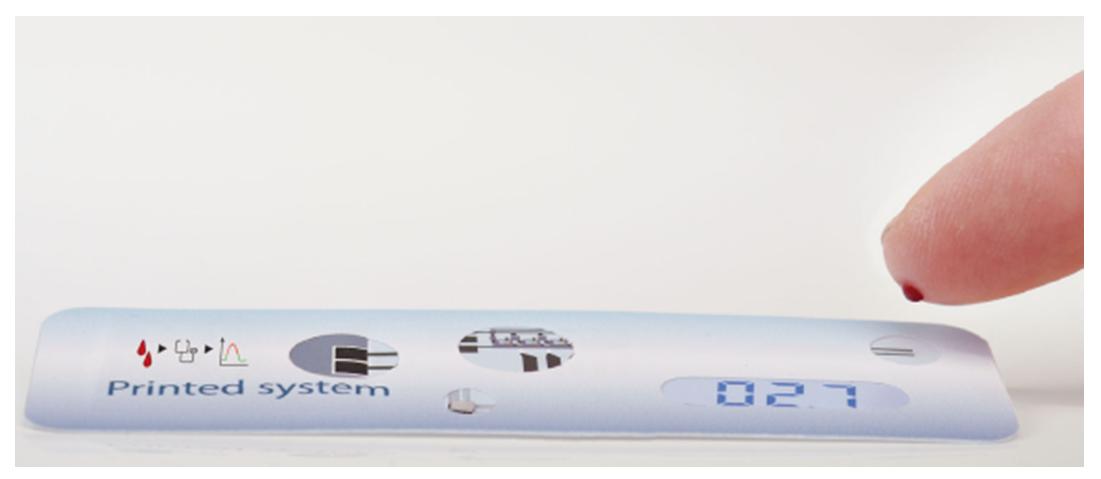With tens of thousands of papers published in the area of biosensors, it can be a daunting task to try and get a foothold in the literature. There are many excellent review articles on the subject that can help, and Anthony Turner’s new Tutorial Review is a very fine place to start your exploration of the field. It is based on his Theophilus Redwood Medal and Award lectures and is open access– more reasons to have a look.
Anthony Turner was project director for MediSense’s in vitro diagnostics programme where he led the team that created the mediated amperometric enzyme electrode for glucose sensing, the world’s most successful biosensor. Glucose detection is a tale of how a dozen scientists working in small, lightly equipped labs sowed the seeds for a multi-billion dollar global industry. The review also casts a look towards future developments in the area, including the possibility of an all-printed biosensing system.
The market for glucose sensing accounts for the vast majority of the $13 billion biosensor market but, rather than viewing this as the only market for developments in biosensors, Turner suggests it should serve as a model to be copied for the hundreds– if not thousands– of alternative analytes to be detected. The need for robust inexpensive diagnostics in the developing world and the development of personal health accounts in the developed world will drive biosensor research towards alternative analytes and beyond glucose.
This review contains a history of the most commercially successful biosensor to date, the current state-of-the-art, and a look at future possibilities that is grounded in the lessons learnt from a lifetime working in the biosensor field. For these reasons, this is a review that you should read today.
For more, read this Open Access Chem Soc Rev Tutorial Review today!
Biosensors: sense and sensibility
Anthony P. F. Turner
Chem. Soc. Rev., 2013, 42, 3184-3196
DOI: 10.1039/C3CS35528D
Iain Larmour is a guest web-writer for Chem Soc Rev. He has researched a wide variety of topics during his years in the lab including nanostructured surfaces for water repellency and developing nanoparticle systems for bioanalysis by surface enhanced optical spectroscopies. He currently works in science management with a focus on responses to climate change. In his spare time he enjoys reading and photography.











